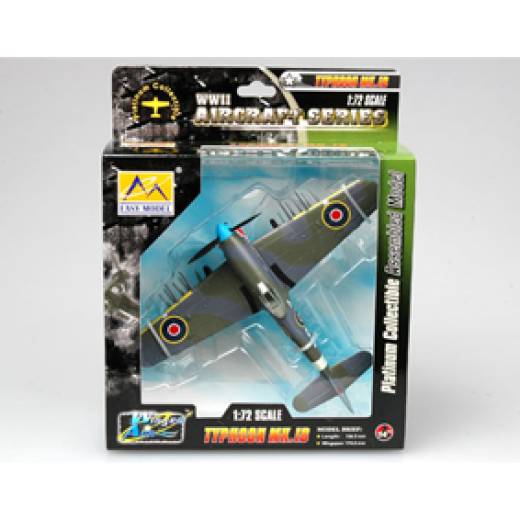This is a Scale Model Kit, Paint and Glue are not included.
HMS Rodney was a British battleship laid down in 1922, launched in December 1925, and commissioned in the Royal Navy in November 1927. The total length of the ship was 216.4 meters, width 32.3 meters, and a full displacement of 38,000 tons. The maximum speed of battleship Rodney was around 23-24 knots. The main armament at the time of launch was 9 406 mm guns in three triple turrets located in the front of the ship. Secondary armament consists of 12 152mm guns, 6 120mm guns and 24 twin 40mm AA guns.
HMS Rodney was the second and last Nelson-class battleship. Battleships of this type were built in accordance with the provisions of the Washington Treaty of 1922, which imposed certain limitations in construction, but many new solutions were applied. First of all, all the main artillery was concentrated in the bow, which was to facilitate the management of its fire. The Nelson-class ships were also the first in which medium artillery was placed in independent turrets, not casemates. Much attention was paid to the armor protection, which was thick and carefully designed. A completely new shape of the combat platform was also used, the shape of which became the norm for subsequent Royal Navy battleships. The great drawback of the Nelson-type units was the low maximum speed, which limited their combat effectiveness. The battleship HMS Rodney was built at the Cammel-Laird shipyard in Birkenhead. In the interwar period, it was part of the Home Fleet and served primarily in the Atlantic. HMS Rodney's first major operation in World War II was during the 1940 operation in Norway. In May 1941, he successfully participated in the sinking of the German battleship Bismarck. Later, he was forwarded to the Mediterranean Sea, where he protected convoys to Malta, and in November 1942 he supported Operation Torch. In 1943, he took part in Operation Husky, the Allied landing in Sicily. Later that year, it still remained in the Mediterranean, and it was not until the first half of 1944 that it was transferred to Great Britain to take part in Operation Overlord in June of that year. He ended his long combat trail operating in the waters of the Arctic at the turn of 1944 and 1945. The ship was decommissioned in 1946.






